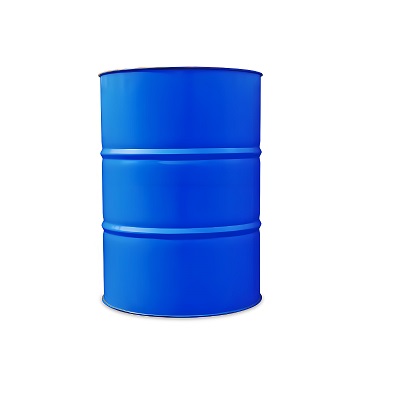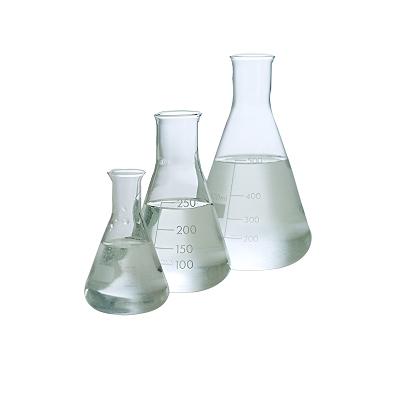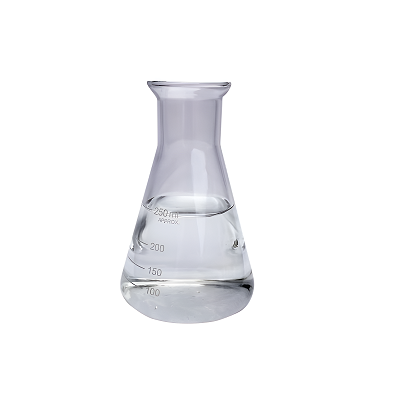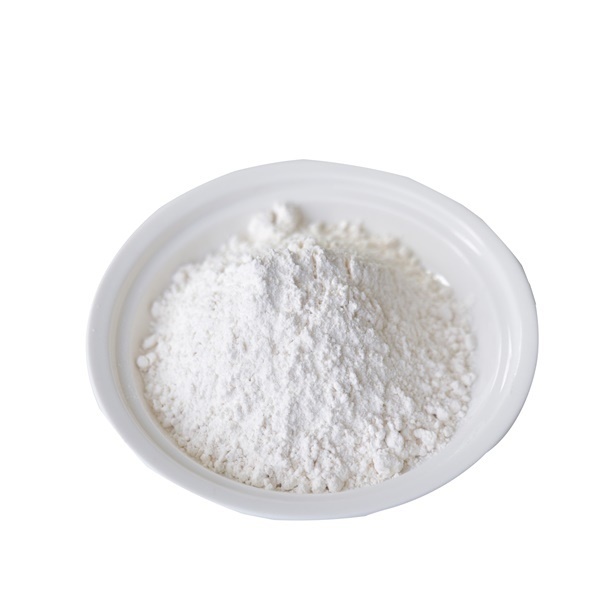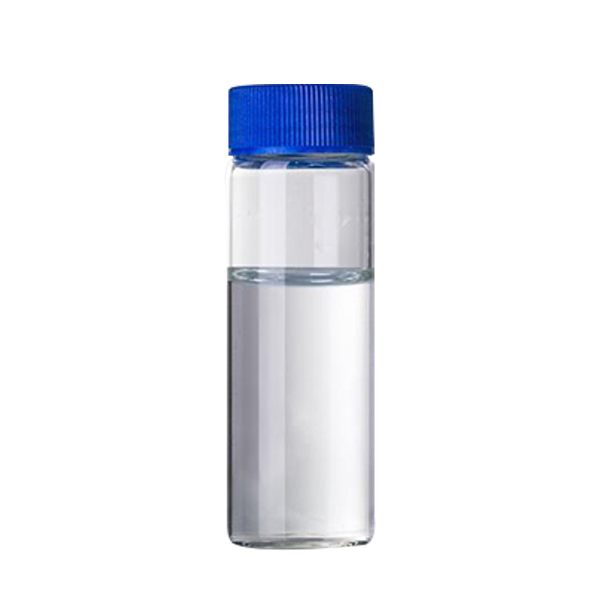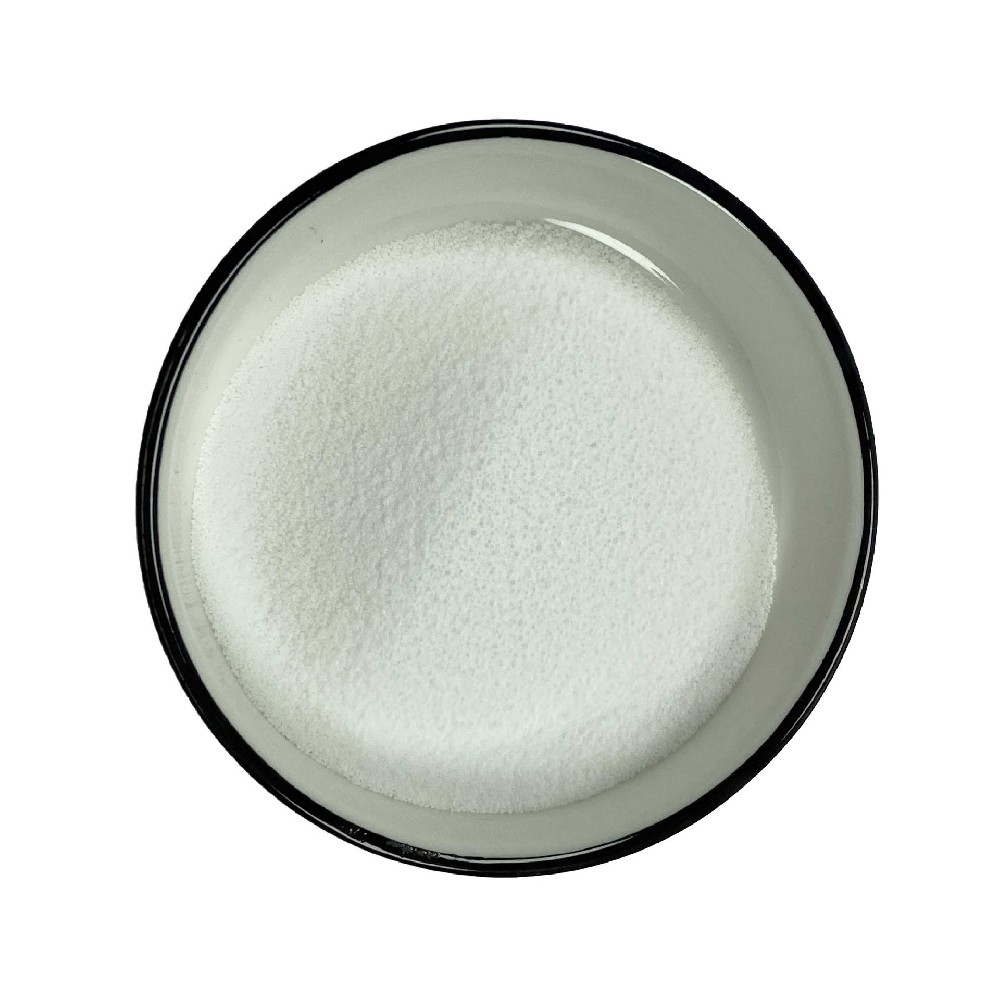

Glycolic acid CAS 79-14-1
——————
CAS number : 79-14-1
molecular formula : C2H4O3
EINECS : 201-180-5
——————
Email : info@deshangchem.com
Mobile : +86-13153039501
TEL : +86-531-88752665
CAS number:79-14-1
molecular formula:C2H4O3
molecular weight:76.05
EINECS number:201-180-5
English synonyms
Aceticacid,2-hydroxy-;AKOSBBS-00004277;2-HYDROXYACETICACID;GLYCOLICACID,HIGHPURITY,70WT.%SOLUTIONINWATER;GLYCOLICACIDREAGENTPLUS(TM)99%;GLYCOLICACIDSOLUTION,~55%INWATER;GLYCOLICACID,TECH.,70WT.%SOLUTIONINWATER;GLYCOLICACIDSIGMAULTRA
Related categories
Carbonyl compounds;Organic acids;Glycolic acid 70% liquid;Catalysts and additives;Chemical intermediates;Nutrition enhancers;Cosmetic raw materials;Pharmaceutical intermediates;Cleaning agents;Organic solvents;Daily chemical raw materials
Introduction
Glycolic acid, also known as glycolic acid and glycolic acid, is also an important organic synthesis intermediate and chemical product, which is widely used in organic synthesis, cleaning, electroplating, textile, leather, sterilization and other industries. In recent years, scientific research has found that the polymer of glycolic acid has biodegradability, which solves the problem of difficult degradation of traditional plastic products, and can be widely used in medicine, packaging and many other fields.
Chemical properties
| Melting point | 75-80 °C (lit.) |
| Boiling point | 112 °C |
| Density | 1.25 g/mL at 25 °C |
| Vapor Pressure | 10.8 hPa (80 °C) |
| Refractive index | n20/D 1.424 |
| Flash point | 112°C |
| Storage conditions | Store below +30°C. |
Solubility | H2O: 0.1 g/mL, clear |
| Shape | Solution |
| Acidity coefficient(pKa) | 3.83(at 25℃) |
| Color | White to off-white |
| pH value | 2 (50g/l, H2O, 20℃) |
Water solubility | SOLUBLE |
| Sensitive | Hygroscopic |
Merck | 14,4498 |
BRN | 1209322 |
| Stability | Stable. Incompatible with bases, oxidizing agents and reducing agents. |
InChIKey | AEMRFAOFKBGASW-UHFFFAOYSA-N |
LogP | -1.07 at 20℃ |
| CAS database | 79-14-1(CAS DataBase Reference) |
The pure product is colorless and easily deliquescent crystals. The industrial product is a 70% aqueous solution, a pale yellow liquid with an odor similar to burnt caramel. Soluble in water, ethanol and ether.
Use
● Used as tannery auxiliary, water disinfectant, milk shed disinfectant, boiler descaling agent, etc.
● Raw materials for organic synthesis, which can be used to produce ethylene glycol. Glycolic acid is mainly used as a cleaning agent. The mixed acid prepared by mixing 2% glycolic acid and 1% formic acid is a high-efficiency and low-cost detergent, suitable for cleaning air conditioners; it can be used to prepare fiber dyes, detergents, ingredients for welding, varnishes Ingredients, copper etchant, adhesive, petroleum demulsifier and metal chelating agent, etc.; sodium salt and potassium salt of glycolic acid are used as electroplating solution additives. Other uses include electrolytic grinding, metal pickling, leather dyeing and tanning agents. It can also be used as a chemical analysis reagent.
● For organic synthesis, daily chemical additives to replace fruit acid
● Mainly used as dyeing auxiliaries for wool and acrylic fibers, and also used as raw materials for ethylene glycol, menthyl glycolate and quinine glycolate and substitutes for tartaric acid.
● Analytical reagents, pH control, organic synthesis, preparation of menthol and quinine esters, preparation of hair dyes.
Production method
● 1. Chloroacetic acid method Chloroacetic acid is hydrolyzed under alkaline conditions to obtain the crude product, then esterified with methanol to obtain methyl glycolate, and then hydrolyzed to obtain the finished product after distillation.
● 2. The high temperature and high pressure method is prepared by the reaction of formaldehyde, carbon dioxide and water.
● 3. The cyanide hydrolysis method is prepared from formaldehyde and hydrocyanic acid as raw materials, through cyanide synthesis and acid hydrolysis.
● 4. The sodium cyanide method uses formaldehyde and sodium cyanide as raw materials, and is prepared by adding cyanide and acid hydrolysis.
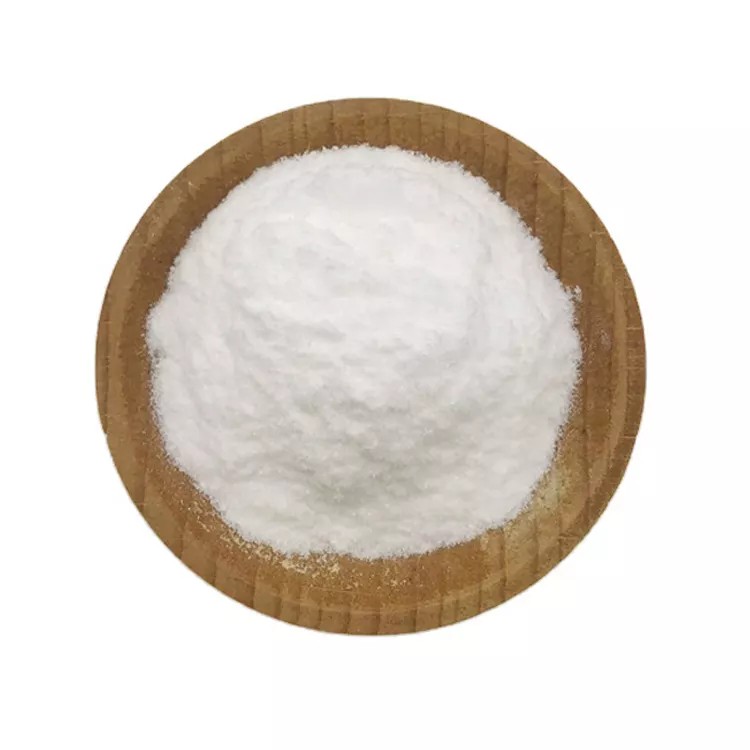
Glycolic acid CAS 79-14-1
CAS number:79-14-1
molecular formula:C2H4O3
molecular weight:76.05
EINECS number:201-180-5
English synonyms
Aceticacid,2-hydroxy-;AKOSBBS-00004277;2-HYDROXYACETICACID;GLYCOLICACID,HIGHPURITY,70WT.%SOLUTIONINWATER;GLYCOLICACIDREAGENTPLUS(TM)99%;GLYCOLICACIDSOLUTION,~55%INWATER;GLYCOLICACID,TECH.,70WT.%SOLUTIONINWATER;GLYCOLICACIDSIGMAULTRA
Related categories
Carbonyl compounds;Organic acids;Glycolic acid 70% liquid;Catalysts and additives;Chemical intermediates;Nutrition enhancers;Cosmetic raw materials;Pharmaceutical intermediates;Cleaning agents;Organic solvents;Daily chemical raw materials
Introduction
Glycolic acid, also known as glycolic acid and glycolic acid, is also an important organic synthesis intermediate and chemical product, which is widely used in organic synthesis, cleaning, electroplating, textile, leather, sterilization and other industries. In recent years, scientific research has found that the polymer of glycolic acid has biodegradability, which solves the problem of difficult degradation of traditional plastic products, and can be widely used in medicine, packaging and many other fields.
Chemical properties
| Melting point | 75-80 °C (lit.) |
| Boiling point | 112 °C |
| Density | 1.25 g/mL at 25 °C |
| Vapor Pressure | 10.8 hPa (80 °C) |
| Refractive index | n20/D 1.424 |
| Flash point | 112°C |
| Storage conditions | Store below +30°C. |
Solubility | H2O: 0.1 g/mL, clear |
| Shape | Solution |
| Acidity coefficient(pKa) | 3.83(at 25℃) |
| Color | White to off-white |
| pH value | 2 (50g/l, H2O, 20℃) |
Water solubility | SOLUBLE |
| Sensitive | Hygroscopic |
Merck | 14,4498 |
BRN | 1209322 |
| Stability | Stable. Incompatible with bases, oxidizing agents and reducing agents. |
InChIKey | AEMRFAOFKBGASW-UHFFFAOYSA-N |
LogP | -1.07 at 20℃ |
| CAS database | 79-14-1(CAS DataBase Reference) |
The pure product is colorless and easily deliquescent crystals. The industrial product is a 70% aqueous solution, a pale yellow liquid with an odor similar to burnt caramel. Soluble in water, ethanol and ether.
Use
● Used as tannery auxiliary, water disinfectant, milk shed disinfectant, boiler descaling agent, etc.
● Raw materials for organic synthesis, which can be used to produce ethylene glycol. Glycolic acid is mainly used as a cleaning agent. The mixed acid prepared by mixing 2% glycolic acid and 1% formic acid is a high-efficiency and low-cost detergent, suitable for cleaning air conditioners; it can be used to prepare fiber dyes, detergents, ingredients for welding, varnishes Ingredients, copper etchant, adhesive, petroleum demulsifier and metal chelating agent, etc.; sodium salt and potassium salt of glycolic acid are used as electroplating solution additives. Other uses include electrolytic grinding, metal pickling, leather dyeing and tanning agents. It can also be used as a chemical analysis reagent.
● For organic synthesis, daily chemical additives to replace fruit acid
● Mainly used as dyeing auxiliaries for wool and acrylic fibers, and also used as raw materials for ethylene glycol, menthyl glycolate and quinine glycolate and substitutes for tartaric acid.
● Analytical reagents, pH control, organic synthesis, preparation of menthol and quinine esters, preparation of hair dyes.
Production method
● 1. Chloroacetic acid method Chloroacetic acid is hydrolyzed under alkaline conditions to obtain the crude product, then esterified with methanol to obtain methyl glycolate, and then hydrolyzed to obtain the finished product after distillation.
● 2. The high temperature and high pressure method is prepared by the reaction of formaldehyde, carbon dioxide and water.
● 3. The cyanide hydrolysis method is prepared from formaldehyde and hydrocyanic acid as raw materials, through cyanide synthesis and acid hydrolysis.
● 4. The sodium cyanide method uses formaldehyde and sodium cyanide as raw materials, and is prepared by adding cyanide and acid hydrolysis.
Team Presentation

